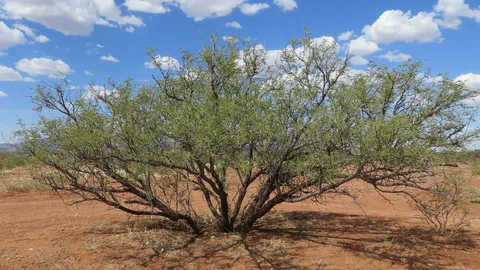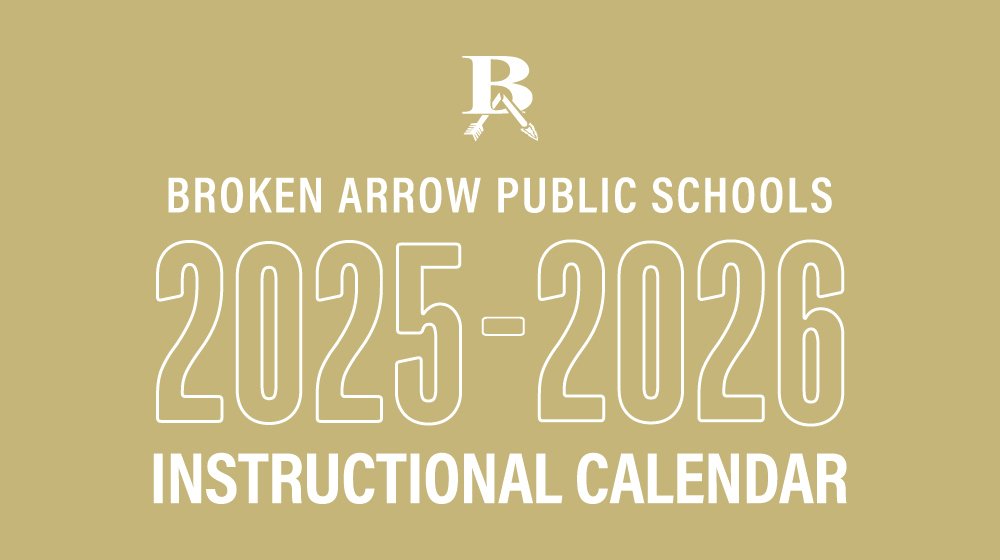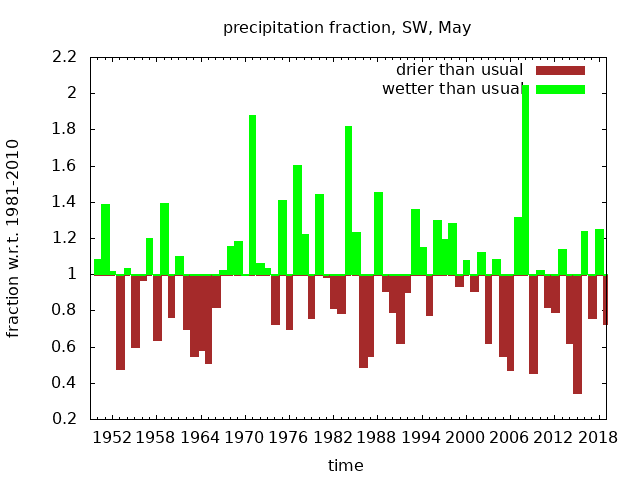Mezquite, often referred to as “the tree of life” in arid regions, is more than just a plant. Known scientifically as Prosopis, it thrives in deserts and semi-arid areas, providing vital resources to communities and ecosystems. Its unique properties make it a highly valuable and versatile plant. From its historical significance to its modern uses, mezquite has always been a cornerstone of survival and innovation.
What Is Mezquite?
Mezquite is a hardy, drought-tolerant tree native to North and South America, particularly in desert regions like the southwestern United States and Mexico. It belongs to the legume family, which includes beans and peas. Its ability to grow in extreme conditions makes it a vital part of the desert ecosystem.
Characteristics of Mezquite
- Deep Roots: Mezquite trees have roots that can extend up to 200 feet deep, allowing them to access underground water sources.
- Hardwood: Its wood is dense and durable, often used for furniture and fuel.
- Pods: The tree produces seed pods rich in protein and sugar, making them a valuable food source.
Mezquite is not only a survivor but also a provider, supporting both wildlife and human populations in its native regions.
The Historical Importance of Mezquite
Mezquite in Indigenous Cultures
For centuries, indigenous peoples of the Americas relied on mezquite for sustenance and tools. They used its wood for fire, its pods for food, and its sap for medicinal purposes. The pods were ground into flour to make bread, while the sap was applied to wounds to promote healing.
Mezquite as a Symbol of Resilience
Mezquite trees have been a symbol of resilience for desert communities. Despite harsh conditions, they flourish, providing shade, shelter, and sustenance. For early settlers, mezquite wood served as a primary material for building homes and fences.
Modern Uses of Mezquite
In today’s world, mezquite remains a valuable resource. Its versatility has made it popular across various industries, including food, furniture, and even medicine.
1. Culinary Uses
Mezquite pods are now celebrated for their culinary potential. They are ground into a fine, sweet flour known as mezquite flour, which is gluten-free and rich in nutrients. This flour is often used in baking cookies, bread, and pancakes.
Additionally, mezquite wood is a favorite in the culinary world for its use in barbecue and grilling. The wood produces a smoky, sweet flavor that enhances meats and vegetables, making it a popular choice for chefs and pitmasters alike.
2. Furniture and Woodworking
The hardwood from mezquite trees is highly durable and resistant to pests. It is often used to create:
- Tables
- Chairs
- Flooring
- Decorative carvings
Its unique grain pattern and warm tones make it a sought-after material for high-quality, handcrafted furniture.
3. Medicinal Properties
Traditional medicine continues to embrace mezquite for its healing properties. The sap and bark are known for their antibacterial and anti-inflammatory qualities. They are used to treat wounds, stomach issues, and respiratory problems.
Environmental Benefits of Mezquite
Mezquite trees are not just beneficial for humans but also for the environment. Their presence in arid landscapes offers several ecological advantages.
1. Soil Enrichment
As a legume, mezquite has the unique ability to fix nitrogen in the soil. This enriches the soil quality, making it more fertile for other plants.
2. Erosion Control
The deep roots of the mezquite tree stabilize the soil, preventing erosion caused by wind and water.
3. Wildlife Habitat
Mezquite trees provide food and shelter for a variety of desert animals, including birds, rodents, and insects. Their seed pods are a vital food source for many species.
Challenges Associated with Mezquite

Despite its benefits, mezquite is not without challenges. In some areas, it is considered invasive due to its aggressive growth and ability to dominate landscapes.
Invasiveness in Non-Native Regions
When introduced to non-native environments, mezquite can outcompete local vegetation, disrupting ecosystems. In Australia and parts of Africa, it has become a problematic species, requiring significant management efforts.
Water Usage Debate
While mezquite is drought-tolerant, its deep roots can tap into underground water reserves, which some argue could deplete resources for other plants. However, its benefits often outweigh these concerns in its native habitat.
How to Cultivate and Use Mezquite
If you’re interested in growing or utilizing mezquite, here are some tips:
Cultivation
- Planting: Mezquite seeds should be soaked in water for 24 hours before planting to improve germination.
- Location: Choose a sunny, well-drained area for planting.
- Maintenance: Mezquite trees require minimal care once established, but occasional pruning can help maintain their shape.
Using Mezquite Flour
- Baking: Substitute up to 25% of regular flour with mezquite flour in recipes for a nutty, sweet flavor.
- Smoothies: Add a tablespoon of mezquite flour to smoothies for an extra boost of protein and fiber.
- Sauces: Use mezquite flour as a natural thickener for sauces and soups.
Mezquite in the Future
As the world faces environmental challenges like desertification and food insecurity, mezquite could play a pivotal role. Its ability to thrive in harsh conditions makes it a potential solution for reforestation projects and sustainable agriculture.
Research and Innovation
Scientists are exploring ways to maximize mezquite’s potential, from improving its growth in degraded soils to developing new uses for its pods and wood.
Community Impact
Promoting the cultivation and use of mezquite in desert regions could provide economic opportunities for local communities, including jobs in farming, woodworking, and food production.
Conclusion
Mezquite is far more than a desert tree—it’s a lifeline for people, wildlife, and the environment. Its resilience and versatility make it a valuable resource that has stood the test of time. Whether you’re baking with its flour, crafting furniture from its wood, or simply appreciating its beauty in the wild, mezquite proves its worth in countless ways.
As we look to the future, embracing mezquite and its many uses can help us build a more sustainable and resourceful world.














Leave a Reply